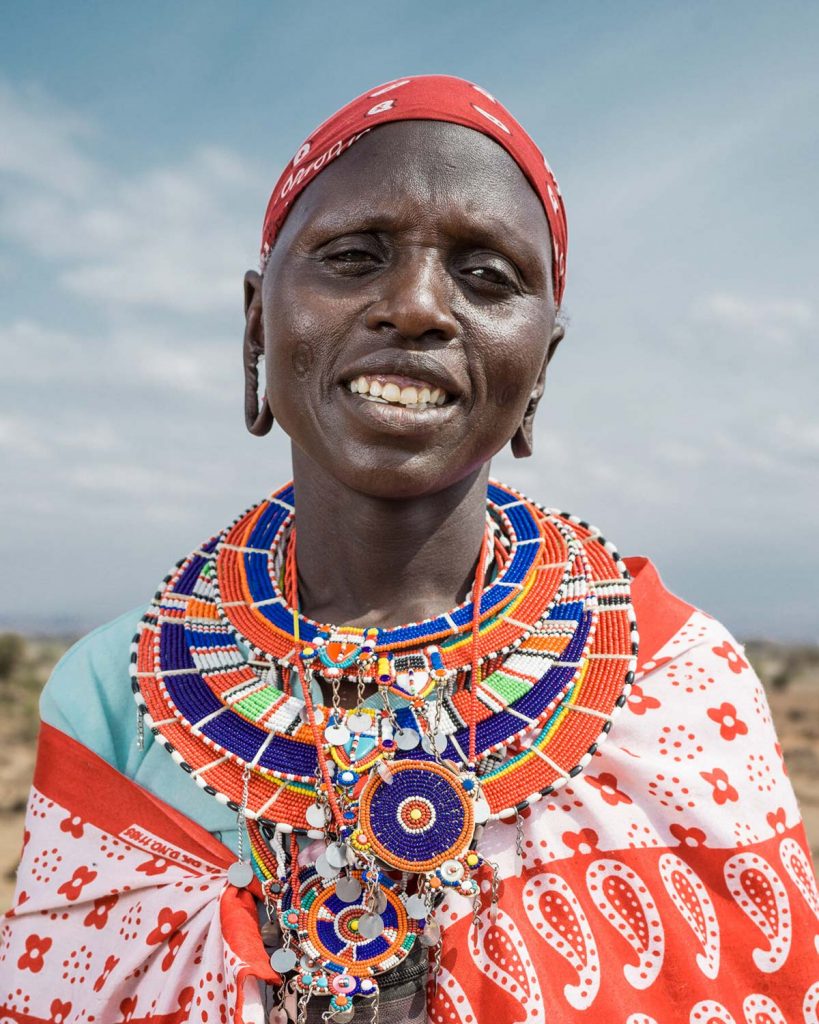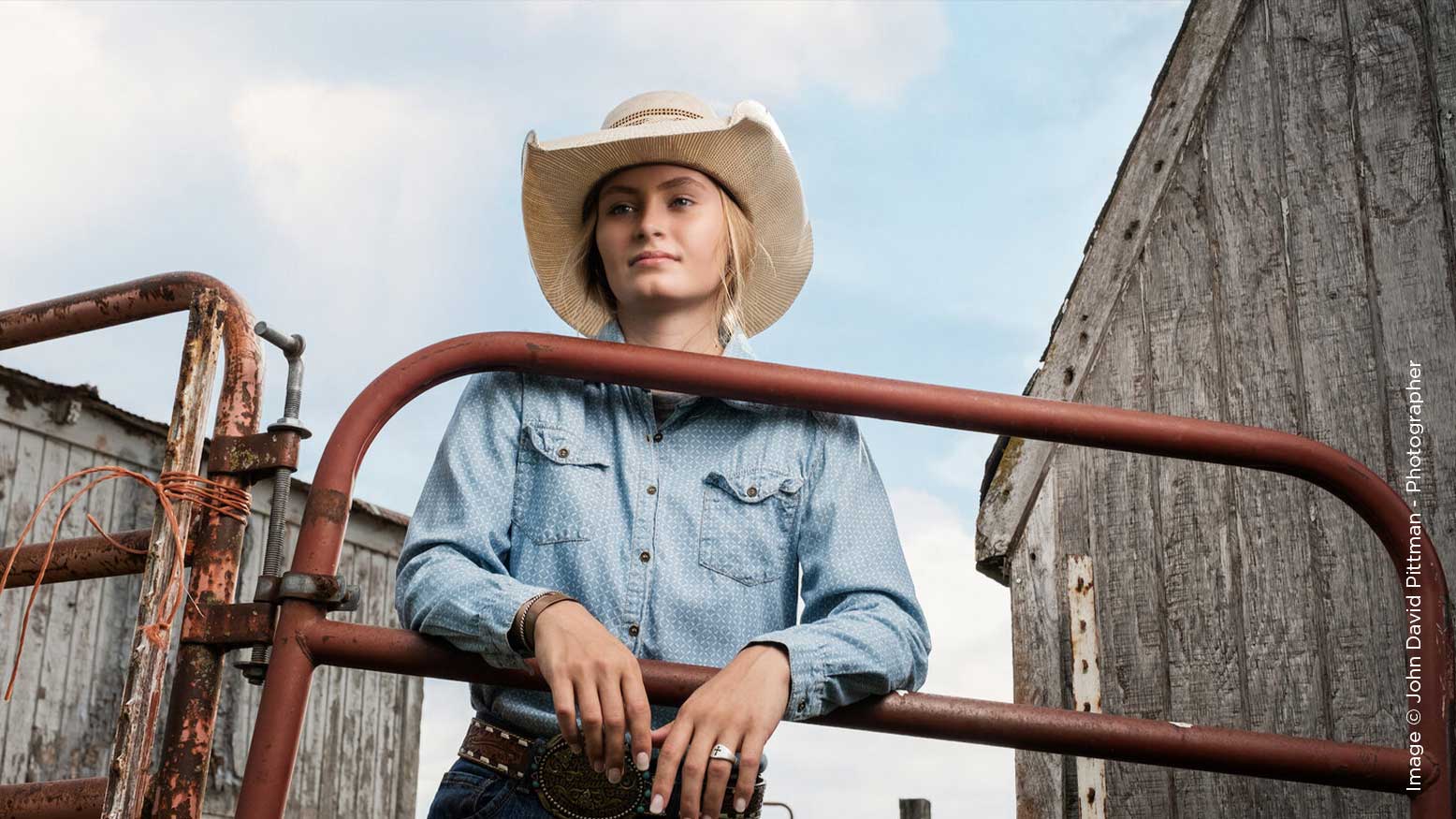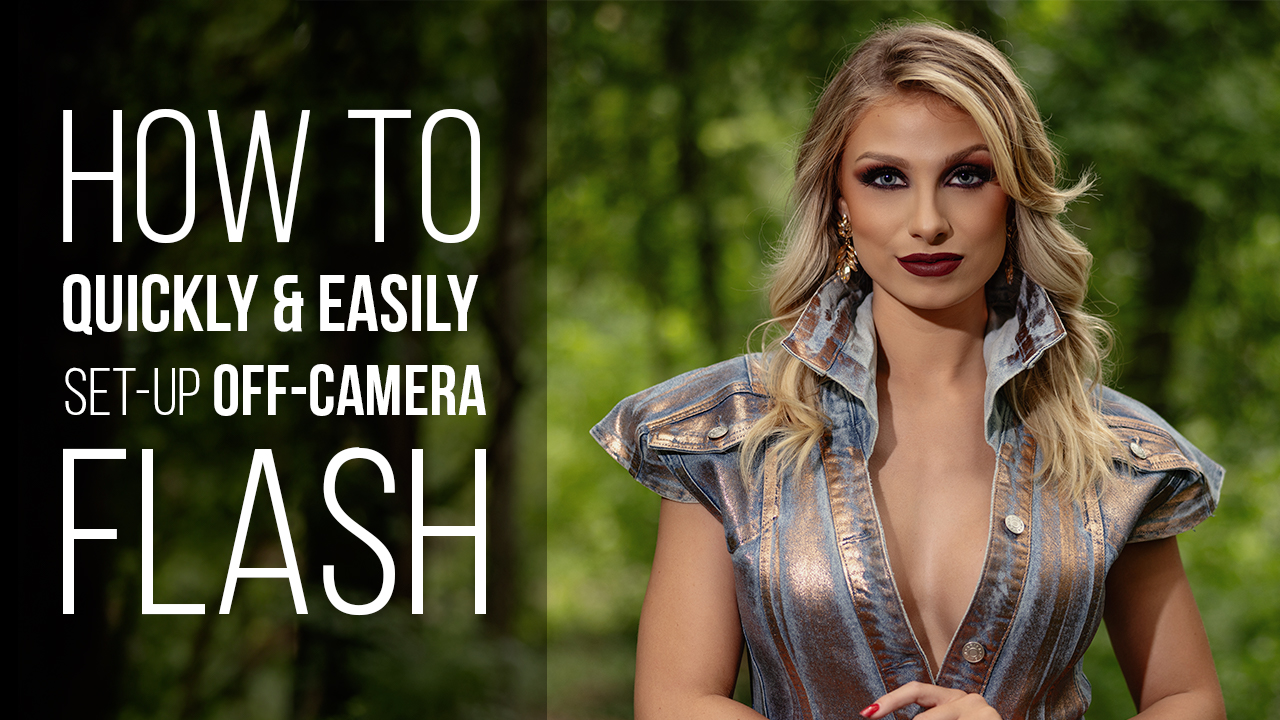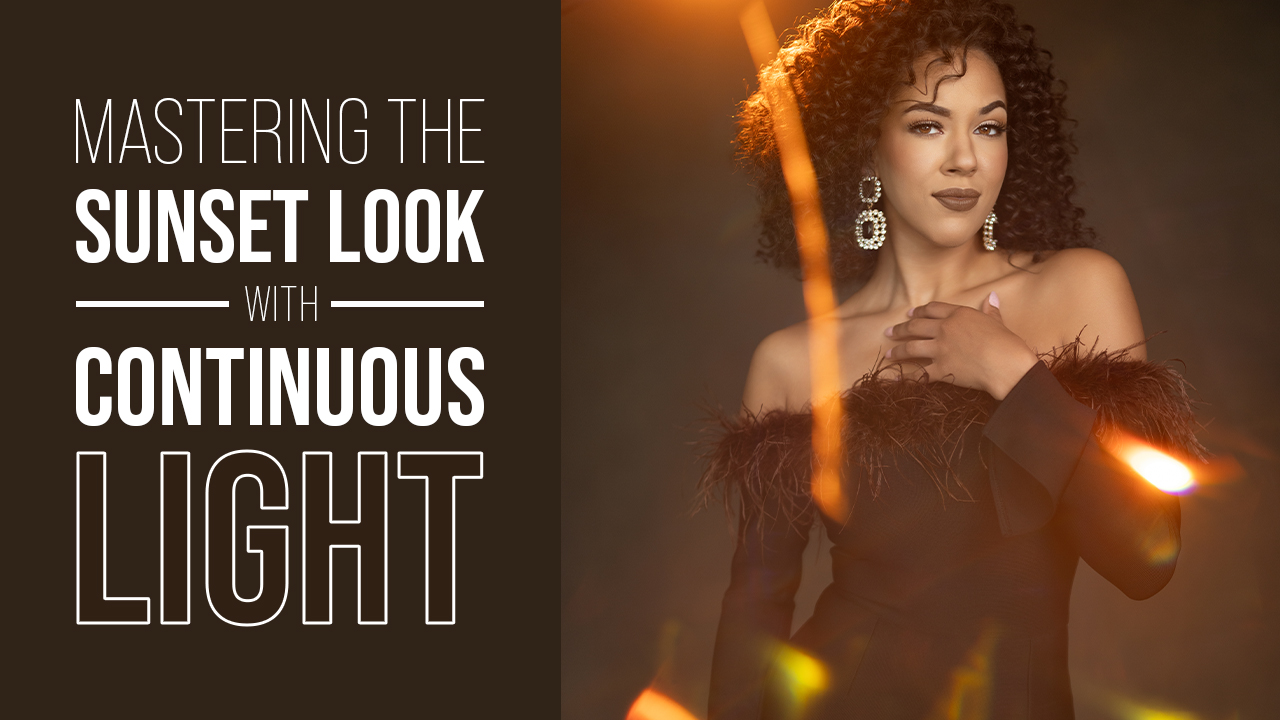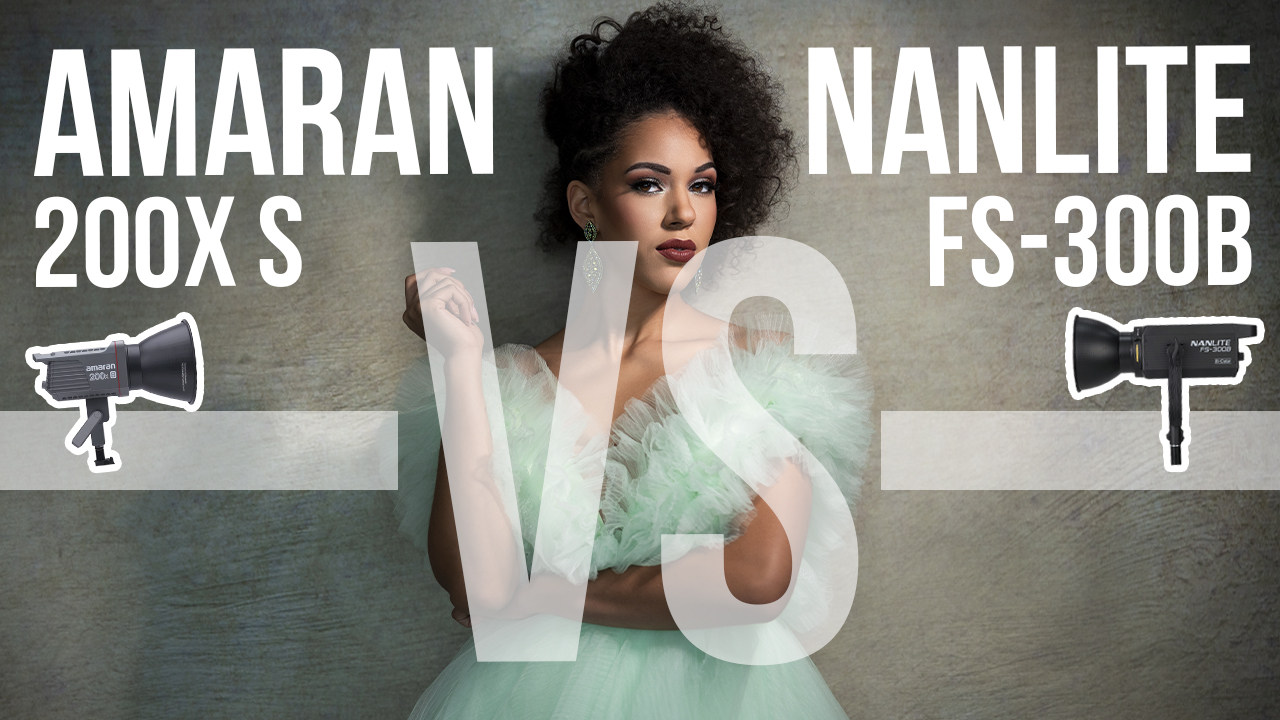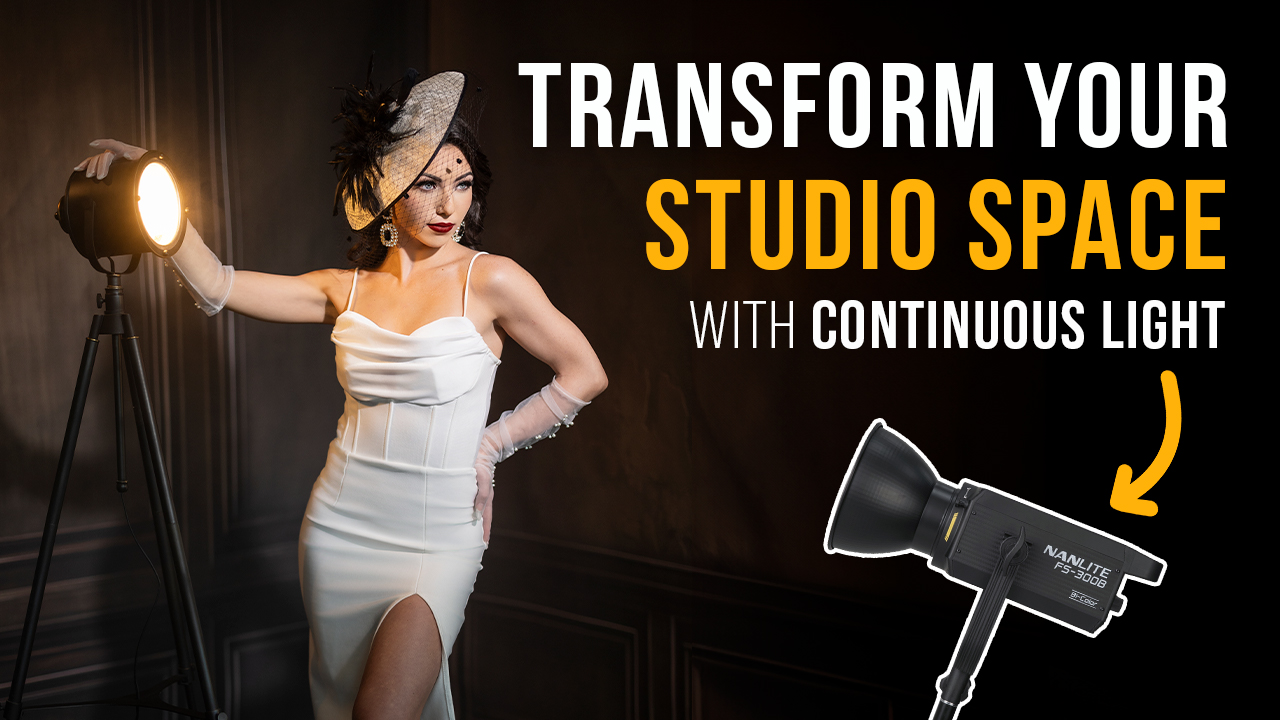Balancing Flash and Ambient for Photographers with John David Pittman
As a freelance commercial and editorial photographer, you never quite know what the job will bring you. Today you could be inside a state of the art studio, photographing the CEO of a Fortune 100 company. Next week you might be standing in an Arkansas rice field photographing farmers. Next month you could be in Kenya, photographing members of the community to help a non-profit organization tell their story. The variety of being a freelancer is what drew me to the field, but I learned quickly that it would require a diverse set of skills. Lighting that CEO portrait on a studio backdrop is one thing, but lighting your subject inside a restaurant, on a city street or in the African bush is completely different. Early in my career I felt like I had a firm handle on the controlled studio portrait, but was intimidated by lighting my subjects anywhere else. It took me a few years of trial and error, but I finally learned to be as comfortable blending ambient light and off-camera flash as I was in a completely controlled studio environment. The best part is that it’s not as difficult as you might think and with some help, you can learn much quicker than I did.
As I said earlier, I am a freelance photographer. Roughly nine out of ten times, there is a human being in my frame. I work for companies, advertising agencies, magazines, non-profits, etc. But ultimately, I just love portraiture. I consider myself a portrait photographer. That means the tips I am going to share with you today will apply to the work you do every day, even though we aren’t doing exactly the same job. If you are photographing seniors, weddings, families or dogs, you can use these tips to better light your portrait subjects on location.
The most important lesson I learned about lighting on-location portraits is not technical in any way and involves zero equipment other than your eyeballs. You should teach yourself to recognize the way light naturally falls on the world around you and understand what makes good light good. If you find yourself sitting with a friend in a coffee shop and you notice that the light falling on them is beautiful, take the time to investigate. Why is it beautiful? What are the light sources? How do the natural light sources like a window interact with the artificial ones inside the coffee shop? I used to go as far as to pull out a notebook and sketch a quick lighting diagram. Learning to recognize good light and break it down will be a really great tool when lighting your photography subjects on location. The perfect ambient light situation is very rarely available so we as photographers need to know how to create it on our own.
OK, enough with the philosophical pondering. Time for some tips.
